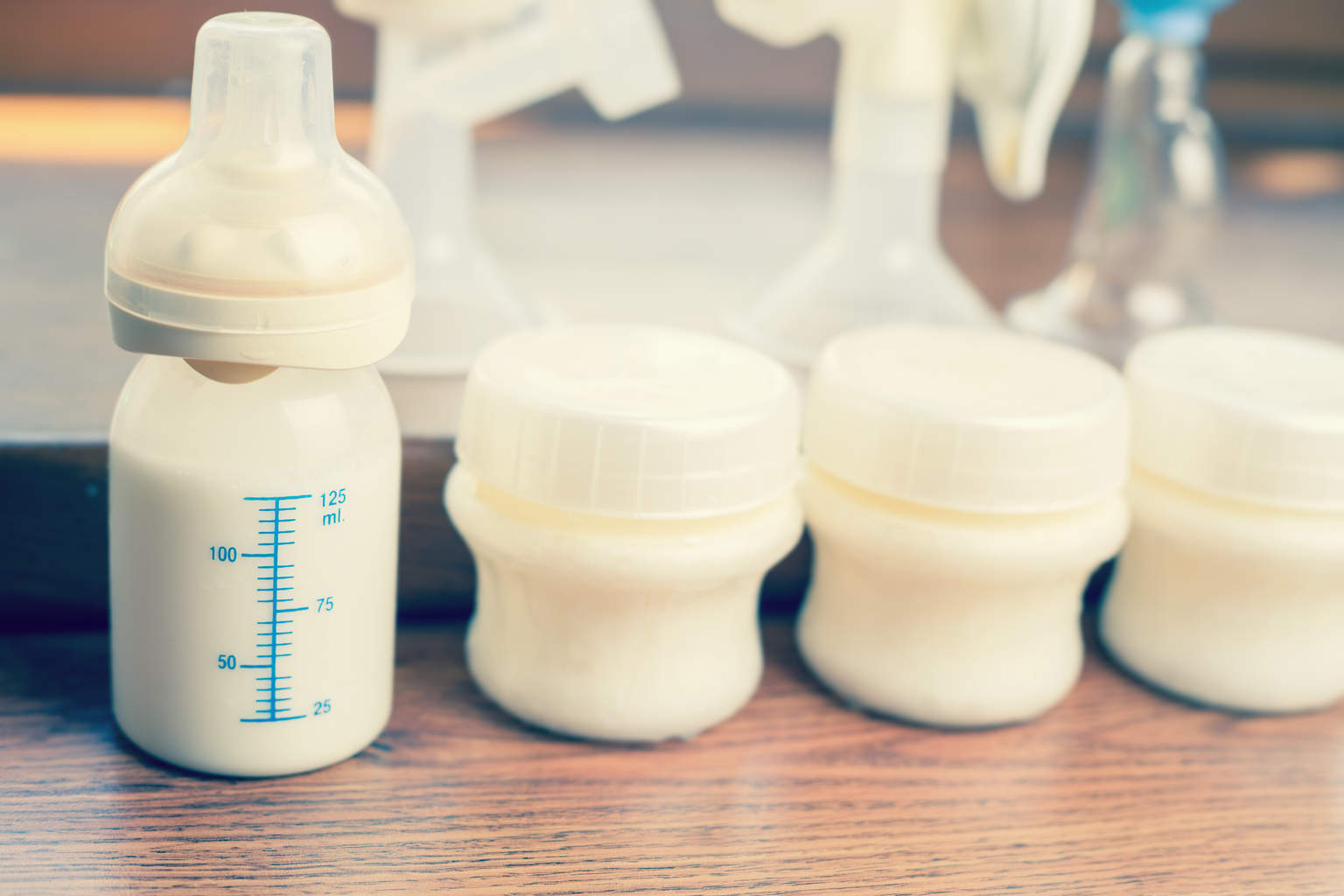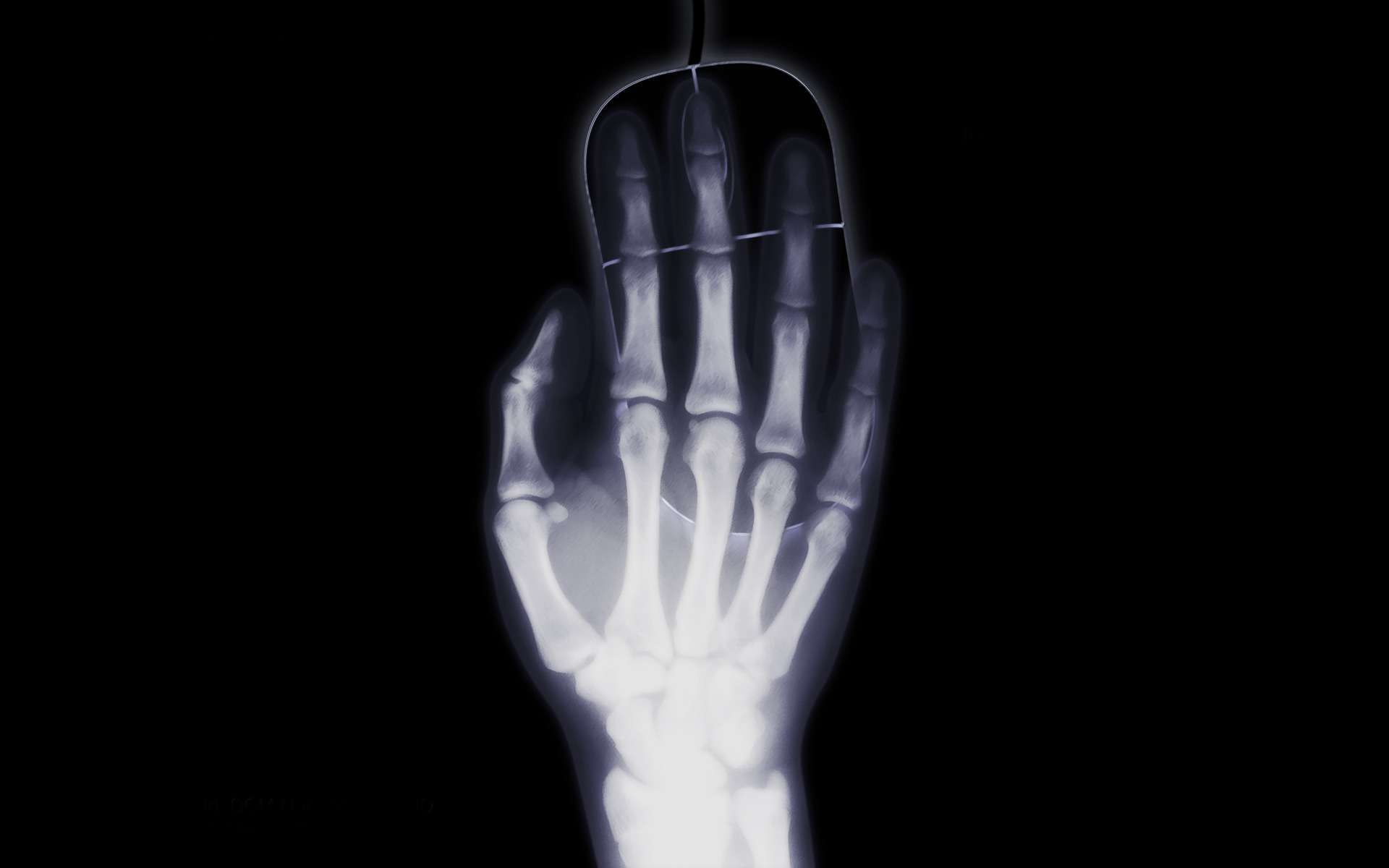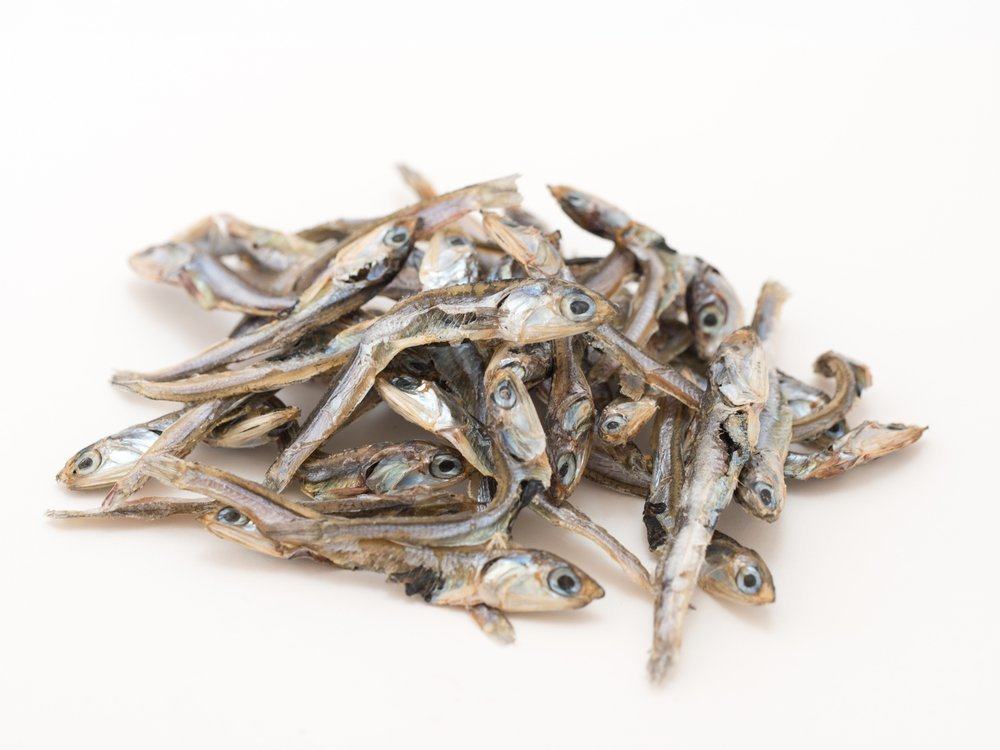Contents:
Medical Video: Breastfeeding
Breast milk is made naturally by women and provides basic nutrition for your baby during the first few months of his life. ASI has three different stages, namely: colostrum, transitional milk (transitional breast milk), and mature milk (mature breast milk).
Colostrum
Colostrum is the first stage of breast milk that lasts during pregnancy for several days after the birth of the baby. Colostrum is yellowish or creamy. Colostrum is also thicker than breast milk produced later. Colostrum is rich in protein, fat-soluble vitamins, minerals, and immunoglobulins. Immunoglobulin is an antibody given from the mother to her baby and provides passive immunity to the baby. Passive immunity protects babies from many bacterial and viral diseases. Two to four days after giving birth, colostrum will be replaced with transitional breast milk
Transitional ASI
Transitional milk aka transition ASI replaces colostrum within four days after delivery. Transitional breast milk contains high fat, lactose, vitamins, and more calories than colostrum. Transitional breast milk lasts about two weeks and at this time your breasts will become bigger, firmer, and can make you uncomfortable or even painful. Regular breastfeeding and helping your baby suckle well can relieve discomfort in your breasts at this time.
Mature breast milk
Mature milk or mature ASI appears after transitional breast milk and begins to appear around the end of the second week after labor. Mature breast milk is more fluid and contains more water than transitional breast milk. Mature breast milk contains 90 percent water and 10 percent carbohydrates, proteins, and fats that are needed for growth and energy. There are two types of mature breast milk: foremilk and hindmilk. Foremilk occurs at the beginning of a breastfeeding session and contains water, vitamins and protein. Hindmilk occurs at the end of a breastfeeding session when the breasts are almost empty and contain higher fat levels. The mature ASI stage lasts until you wean your child. However, as your child grows and he starts eating solid foods and other fluids, the nutritional content and availability of your milk will change.
READ ALSO:
- Here's how to pump breast milk properly
- Are My Babies Drinking Enough Breast Milk?
- List of Foods that Mothers Should Avoid












